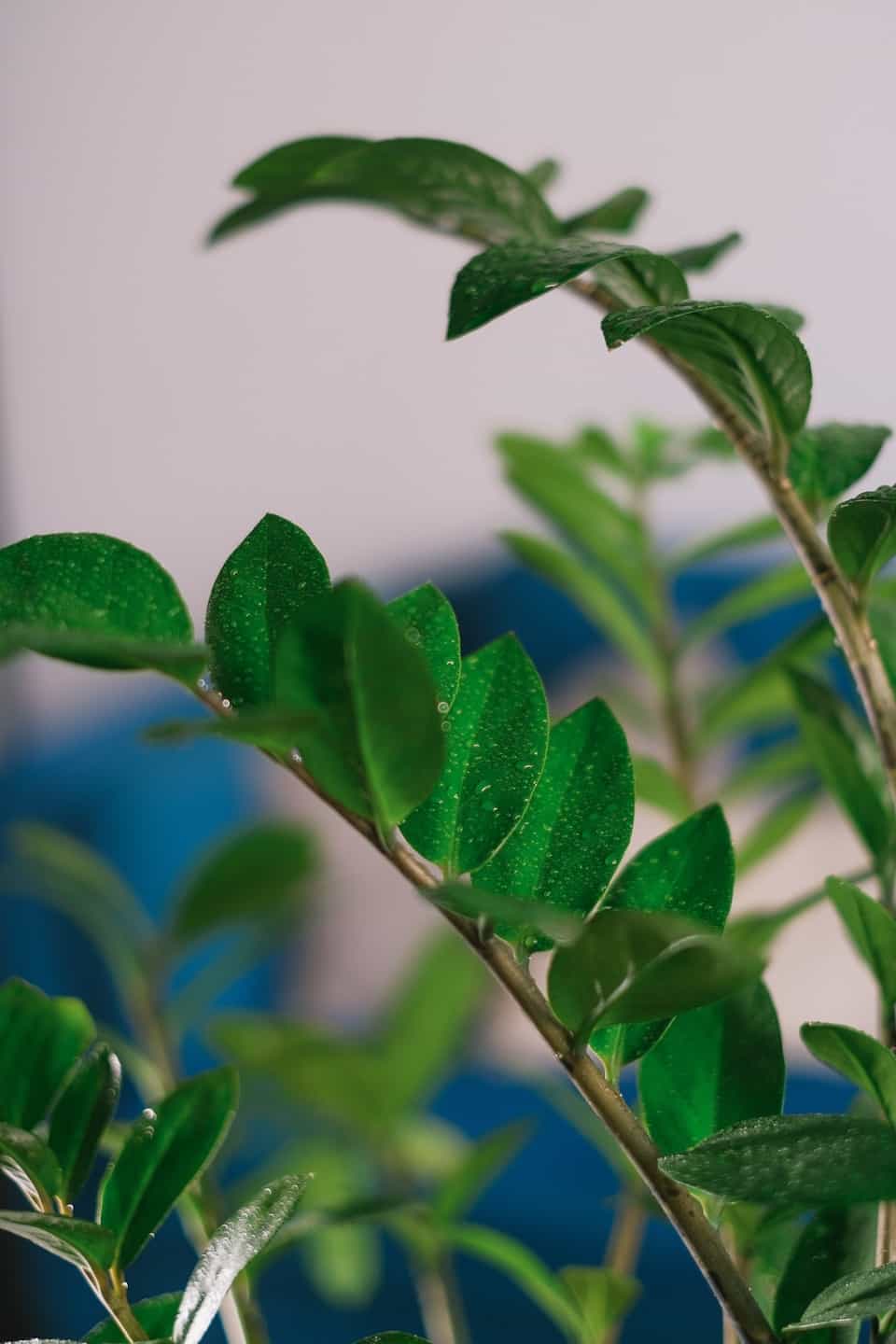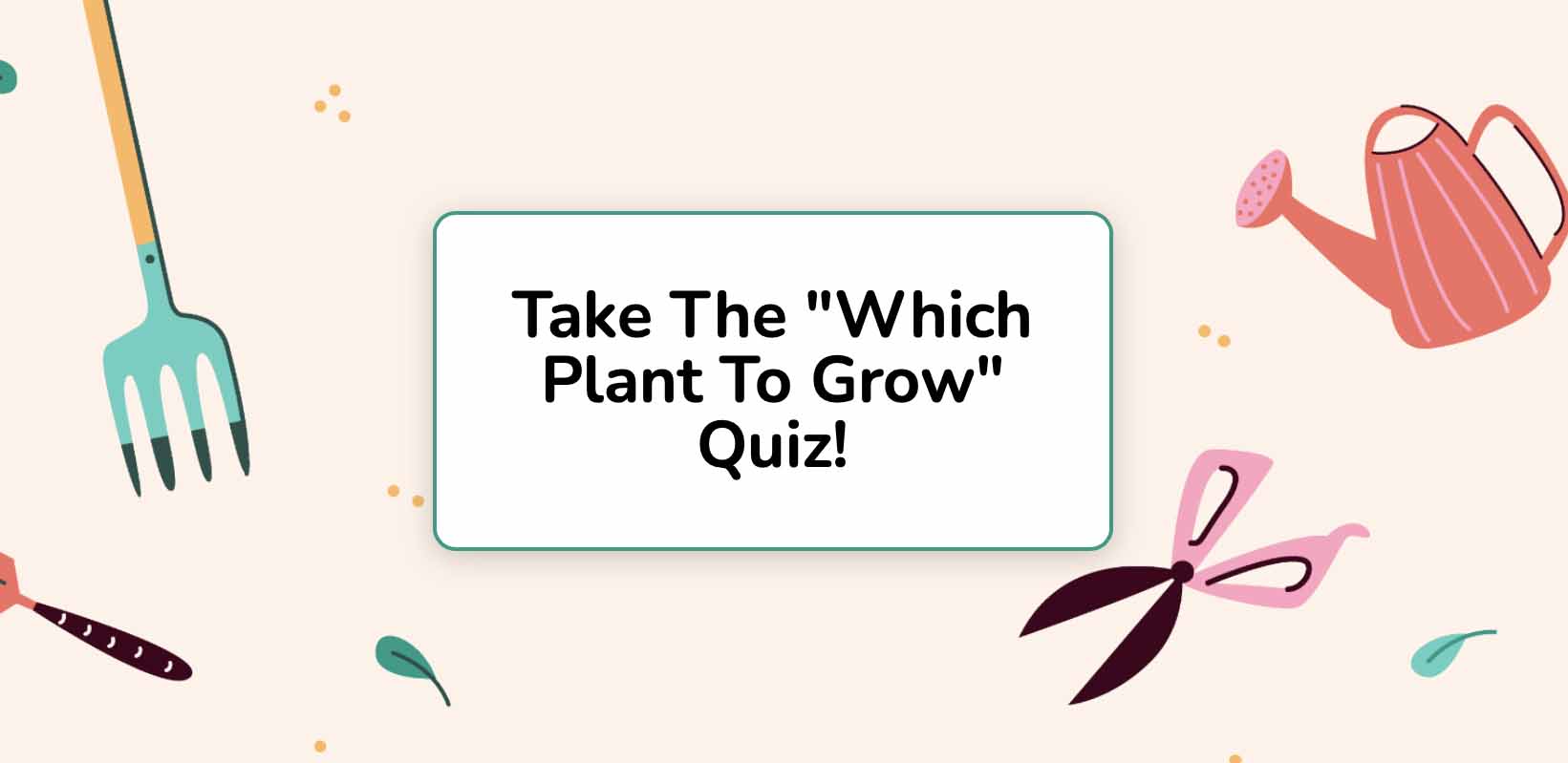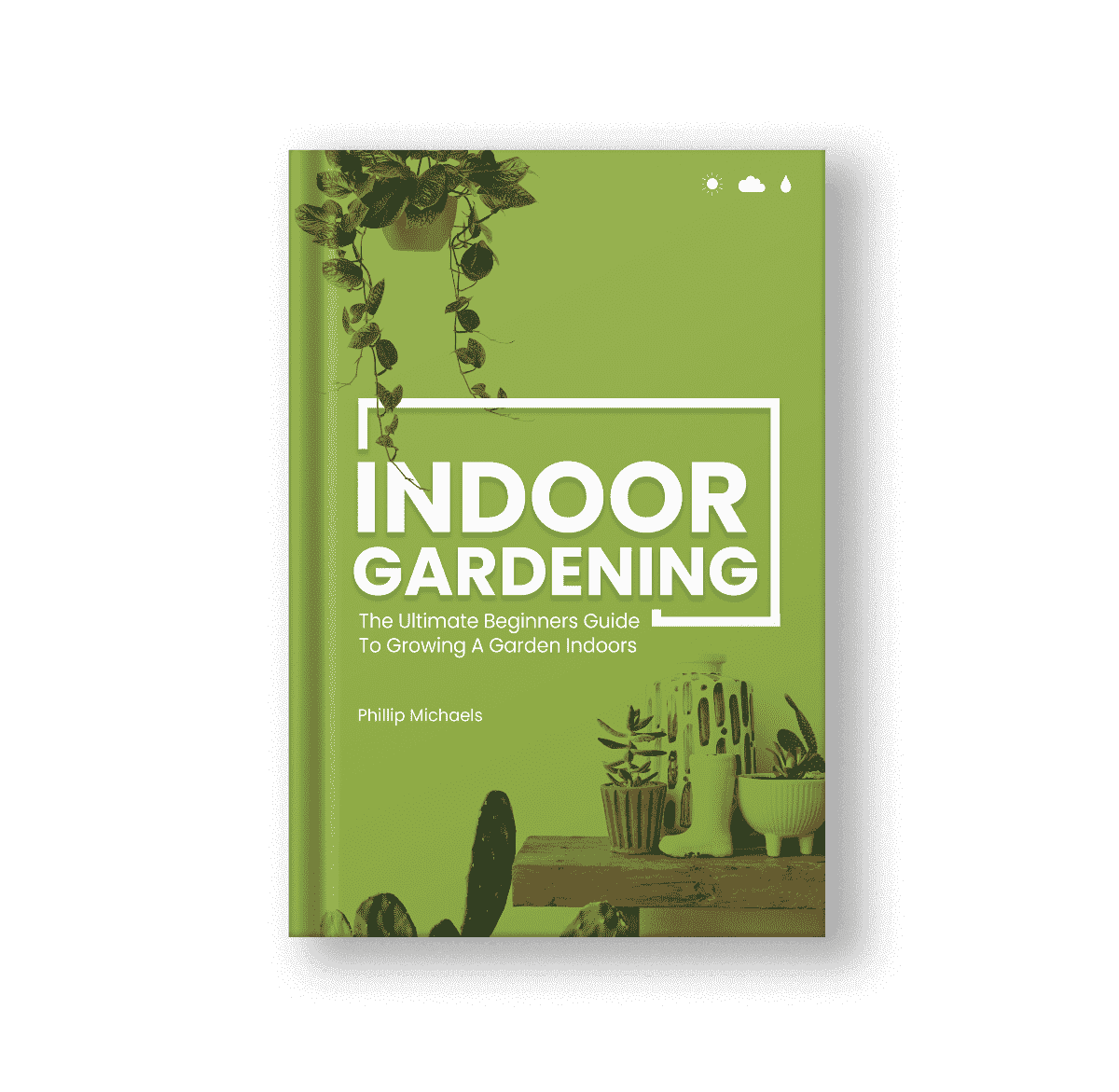With a nickname like “the eternity plant”, you’d expect that the Zanzibar Gem would last forever. This is actually pretty close to the truth since this beauty is one of the easiest plants to maintain, even for those who have trouble keeping anything alive. As a native of Africa, the ZZ plant is used to dry, hot conditions and minimal attention. If a Zanzibar Gem plant is on your list to bring home, the following tips can help you give it the care it needs to thrive.
Quick Overview
- Commonly called the ZZ plant, you may see it referred to by either name
- Easy to care for with little maintenance. Can go months without care and still survive
- Can thrive in a variety of lighting conditions from low to moderate
- A great generational plant as it can survive for several decades with proper care
- Can thrive outdoors, but should be brought inside during cooler temperatures
- Often mistaken for fake plants due to their large, glossy leaves
Soil
As an African native, the Zanzibar Gem is used to drought-like conditions, which is why it prefers a potting mix that drains well. You don’t need anything special, though, so a normal potting mix should be fine for this lovely plant. If you find that the soil is retaining too much moisture, you can also add some perlite or sand to the mix to soak up any excess moisture.
Water
The root system of a ZZ plant is somewhat unique since these plants have large, thick rhizomes beneath the surface of the soil. These look similar to potatoes and have the ability to store water, which is how these plants survive in the arid African climate. This also means that you don’t have to water these plants too often.
Wait until the top two inches of the soil is dry before adding more water. Depending on the humidity level of your home, you’ll likely only need to add moisture once every two weeks or so. Add water until it runs out of the drainage holes, then leave the plant alone until it needs more. You can also decrease how often you water the Zanzibar Gem during the winter when the plant isn’t growing.
Light
All plants need light, though few of them are as tolerant of varying lighting conditions as the Zanzibar Gem. This plant can handle low-light conditions or even fluorescents if necessary, though it does prefer bright, indirect light if it can get it.
You should watch out for signs of insufficient light since these beauties will start reaching for the light if it is too far away, resulting in a leggy plant. Wiping the leaves with a damp cloth now and then will remove any dust that has collected, which will also help them soak up even more light. Do not place them in direct sunlight since this can scorch the ZZ plant’s leaves.
Temperature/Humidity
Zanzibar Gems don’t need any special conditions when it comes to temperature, so the normal room temperature of most homes is fine for this plant. They don’t like to be cold, though, so make sure the ZZ plant is in an area that is warmer than 40 degrees Fahrenheit. You should keep them away from any drafty windows or air conditioning vents as well.
As you can imagine, any frosts or freezing temperatures will severely damage the plant. If growing outdoors, make sure that you do so in a container that can be brought indoors as the temperature drops.
Coming from Africa, these plants also don’t require overly humid areas, so you don’t need to alter your home’s humidity levels in most cases. If your house is extremely dry, you may need to add a small humidifier near the plant or place the ZZ Gem’s pot over a pebble tray to add a bit more moisture to the air.
Fertilizer
The ZZ plant is one of those plants that can get all the nutrients it needs from a good soil mix. Though fertilizer isn’t needed, you can add some to encourage your Zanzibar Gem to grow larger in less time. Choose a balanced 20-20-20 indoor plant liquid fertilizer for the best results. Be sure to dilute the fertilizer to half-strength and only add it to your plant once or twice during its growing season and never when it’s dormant.
Pruning
The leaves on the Zanzibar Gem are shiny and wide, with an oval shape that points up towards the ceiling. Since it grows relatively slowly, shaping itself during this time, it rarely needs any pruning. In fact, unlike other plants, pruning the ZZ Gem won’t encourage new growth, so the only reason to prune this plant is to get rid of any unsightly or damaged stalks. If it does need some pruning, use clean, sharp shears and trim the stalks at the base.
Repotting
A Zanzibar Gem doesn’t grow overly quickly, especially indoors, so you likely only need to repot it every two or three years. If you’re not sure when to do so, there are some signs that this plant is ready for a larger home. Look for rhizomes poking out from the soil or pressing against the side of the container. Those rhizomes are quite strong, so they can warp, crack, or even break a pot if left too long in the same container. The plant may also show signs of stress, which is a sure sign that it needs a larger home.
When repotting a ZZ plant, choose a new container that is about 2 inches larger than its current pot. Remove the plant from its pot, shake off as much of the old soil as you can, and then place it in new soil. Water the plant thoroughly and place it somewhere that offers bright, indirect light.
Like many other houseplants, the best time to replant is in the early spring at the beginning of the growing season. You should avoid repotting in the winter when the plant is dormant.
Propagation
There are two ways to propagate a Zanzibar Gem plant. The easiest method is to divide the rhizomes during repotting, placing a few in a separate pot for a new plant. Then water them as usual.
You can also use stem cuttings to propagate your ZZ plant. This is a longer process since it can take 6 to 9 weeks for new roots to grow off the cuttings. For this method, cut an entire stalk using a sharp, sterilized cutting tool. Trim away the lower leaves and place the stalk in a glass of water in a spot that receives indirect light. Change the water every week until new roots have sprouted. You can also use a rooting hormone to help speed up the process, but it’s not strictly necessary.
Once the new roots are about 2 inches long, transfer the cutting to a small container of well-draining potting soil. You can add a few cuttings to the same container if you like. For the next few weeks, keep the soil slightly moist at all times. When the plant is firmly rooted in its new soil, you can reduce watering to once every two weeks or so.
Growing a Zanzibar Gem Plant
As you might have noticed, everything about the Zanzibar gem is easy. They require very little maintenance, and can survive even when neglected for weeks at a time. This makes them a great indoor plant, and perfect for first time gardeners or those who have had little success with other plants in the past.
Zanzibar Gem FAQ
Are Zanzibar Gem Plants Easy To Care For?
Zanzibar gems are extremely easy to care for and super hardy even when neglected. This makes them a popular choice for gardeners, and perfect for those that have had trouble growing plants in the past.
How Long Do Zanzibar Gem Plants Live?
When properly cared for, the ZZ plant can easily live for several decades. They are often passed down to future generations due to their longevity and ease of care.
How Often Do You Water a Zanzibar Gem Plant?
This plant doesn’t need a ton of water, and should only be watered once the top few inches of the soil is dry. This is usually about once every 1-2 weeks. It’s best to err on the side of caution as the plant is quite drought tolerant, and can go up to 4 months without water, although you probably shouldn’t test this.
Why Does My ZZ Plant Have Yellow Leaves?
The most common cause for issues, including yellowing leaves, is too much water. The ZZ plant doesn’t need water more than once every 1-2 weeks on average. So, if you’re doing more than this, you may be overwatering. Other causes might be needing to replant to a larger container, or too much direct sunlight.







